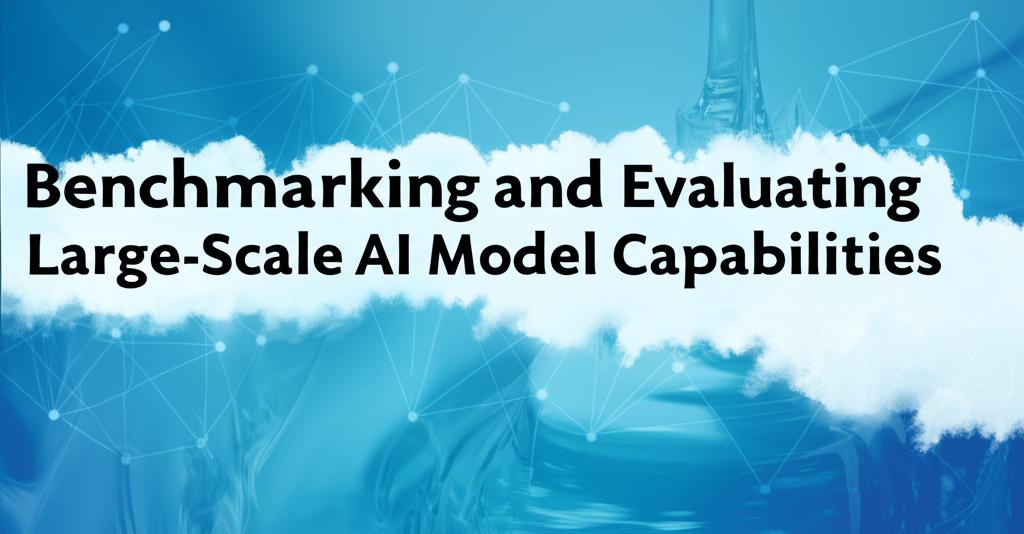As artificial intelligence models, particularly large-scale ones like foundational language and multimodal models, continue to grow in size and complexity, rigorously assessing their capabilities becomes increasingly crucial, yet challenging. Traditional benchmarking methods, while still valuable, often struggle to capture the full spectrum of abilities and potential risks associated with these powerful systems.
Understanding the true capabilities of large AI models requires a multifaceted evaluation approach. Early benchmarks focused heavily on specific NLP tasks like question answering, text summarization, or translation, often measuring performance on static datasets. However, models quickly began to "saturate" these benchmarks, achieving near-perfect scores that didn't always translate to reliable real-world performance. Furthermore, concerns arose about data contamination, where parts of the benchmark datasets might have inadvertently been included in the massive training corpora, artificially inflating scores.
Consequently, the field is shifting towards more dynamic and comprehensive evaluation strategies. Current best practices emphasize:
- Holistic Benchmarking Suites: Instead of relying on single-task benchmarks, researchers now favour comprehensive suites like HELM (Holistic Evaluation of Language Models) or EleutherAI's LM Evaluation Harness. These platforms assess models across a wide range of tasks, scenarios, and metrics, providing a more rounded view of capabilities, including aspects like accuracy, robustness, fairness, efficiency, and bias.
- Real-World Application Testing: Evaluating models in simulated or actual real-world scenarios is gaining prominence. This involves testing how models perform in complex, interactive tasks that mimic user interactions or specific job functions, going beyond static question-answering formats.
- Human Evaluation: Despite advances in automated metrics, human judgment remains essential, especially for assessing subjective qualities like coherence, creativity, helpfulness, and safety. Platforms that facilitate structured human feedback and preference ratings are vital for understanding nuanced aspects of model behaviour.
- Capability-Specific Evaluations: As models develop more specialized skills, targeted evaluations are necessary. This includes testing long-context understanding, complex reasoning abilities (mathematical, logical), tool use (e.g., interacting with APIs or code interpreters), and multimodal understanding (integrating text, images, and audio).
- Safety and Robustness Testing: Evaluating how models behave under pressure is critical. This includes adversarial testing (probing for weaknesses and biases), testing for sensitivity to input phrasing, evaluating resistance to generating harmful or untruthful content, and assessing alignment with human values. Red teaming exercises, where individuals actively try to make the model fail safely, are becoming standard practice.
- Efficiency and Cost: Evaluating the computational resources (time, energy, cost) required for training and inference is increasingly important, especially given the significant environmental and financial implications of large models.
Several challenges remain. The sheer scale of these models makes thorough evaluation computationally expensive and time-consuming. Reproducibility can be difficult due to variations in training data, model checkpoints, and evaluation setups. Furthermore, the rapid evolution of AI means benchmarks must constantly adapt to keep pace with new capabilities and architectures.
Moving forward, the focus will likely be on developing more adaptive, robust, and cost-effective evaluation frameworks. Collaboration between industry labs, academic institutions, and independent organizations is crucial for establishing standardized, reliable, and trustworthy benchmarking practices. The goal is not just to measure performance but to gain deeper insights into the models' reasoning processes, limitations, and societal impacts, ensuring that these powerful technologies are developed and deployed responsibly.

